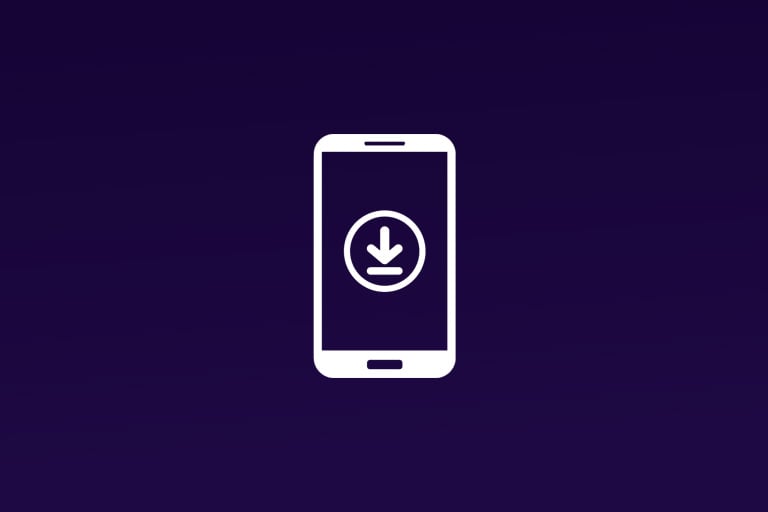This method involves comparing two versions of a webpage, email, or any marketing asset to gauge user preferences and behaviors. By randomly segmenting audiences and exposing each group to different versions, businesses can make informed decisions based on the gathered data. This article explores the significance and impact of
A/B testing in marketing, providing insights, examples, and best practices.
Introduction to A/B Testing
A/B testing, also referred to as split testing, is a pivotal method used in marketing to compare two versions of a webpage, email, or any other marketing asset. This technique allows marketers to gauge the performance of different versions by dividing the audience into two groups and exposing each to a distinct variant. By doing so, valuable data on user behavior and preferences is gathered, enabling marketers to make informed decisions about their marketing strategies.
This method provides a platform for testing various elements such as headlines, images, call-to-action buttons, colors, layouts, and more. By comparing the performance of each variant, marketers can discern which version resonates better with their audience, ultimately driving higher engagement, conversions, and revenue.
For instance, in the context of an online store, if there is a need to optimize a product page to increase conversions, two versions of the page can be created. One version might feature a traditional layout while the other presents a more modern design. By dividing website visitors into two groups and directing them to one of the versions, metrics such as click-through rates, time spent on page, and
conversion rates can be tracked to determine which design yields better results.
Tips for Effective A/B Testing
Clearly Define Your Goals: Before conducting an A/B test, it's crucial to define the specific objective you aim to achieve. Whether it involves increasing sign-ups, improving
click-through rates, or boosting sales, having a clearly defined goal helps focus efforts and accurately measure success.
Test One Element at a Time: To obtain accurate results, it's essential to test only one element at a time. Changing multiple elements simultaneously makes it challenging to determine which specific change influenced the outcome. By isolating variables, the specific element contributing to the observed differences in performance can be pinpointed.
Gather Sufficient Sample Size: To ensure statistical significance, collecting a sufficient sample size is important. Testing with a small number of participants may not provide reliable results, as random fluctuations can heavily influence the outcome. Aim for a sample size that allows for confidently drawing conclusions from the data.
Case Study: Barack Obama's A/B Testing Success
In 2011, Barack Obama's reelection campaign extensively utilized A/B testing to optimize their
email marketing strategy. By testing different subject lines, sender names, and content variations, they achieved an 18.5% increase in open rates and a 49.7% boost in donation conversions. This case study highlights the power of A/B testing in driving tangible results and its applicability across various marketing channels.
Understanding the Importance of A/B Testing in Marketing
A/B testing is a powerful tool in the world of marketing that allows businesses to make data-driven decisions and optimize their strategies. By comparing two versions of a webpage, email, or advertisement, A/B testing helps marketers determine which option performs better and drives the desired outcome.
Data-Driven Decision Making
A/B testing enables marketers to base their decisions on concrete data rather than assumptions or personal opinions. By testing different variations of a marketing campaign, businesses can measure the impact of each element and make informed choices that resonate with their
target audience.
Optimizing Conversion Rates
A/B testing plays a crucial role in improving conversion rates. By testing various elements of a webpage, such as headlines, images, colors, or layouts, marketers can identify the combination that drives the highest number of conversions.
Personalization and Targeting
A/B testing allows marketers to fine-tune their campaigns for specific audience segments. By creating multiple versions of an email or advertisement and testing them on different segments of their audience, businesses can understand which variation resonates best with each group.
Continuous Improvement and Risk Mitigation
A/B testing is not a one-time activity; it is an ongoing process that facilitates continuous improvement. Marketers can use the insights gained from A/B testing to iterate and refine their strategies over time. By consistently testing new ideas and analyzing the results, businesses can stay ahead of the competition and ensure their marketing efforts remain effective. Additionally, A/B testing helps mitigate risks associated with launching new marketing campaigns, allowing businesses to identify potential pitfalls and rectify any issues before rolling out full-scale campaigns.
Conclusion
In conclusion, A/B testing stands as a fundamental practice in marketing, offering the ability to make
data-driven decisions, optimize conversion rates, personalize campaigns, continuously improve strategies, and mitigate risks. By harnessing the power of A/B testing, businesses can unlock
valuable insights and drive impactful results in their marketing efforts.







